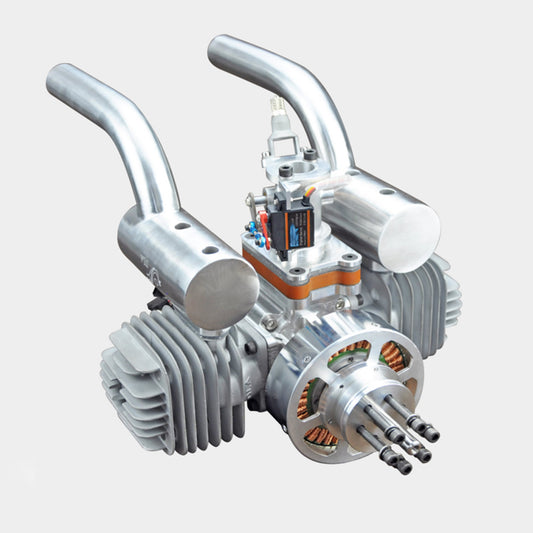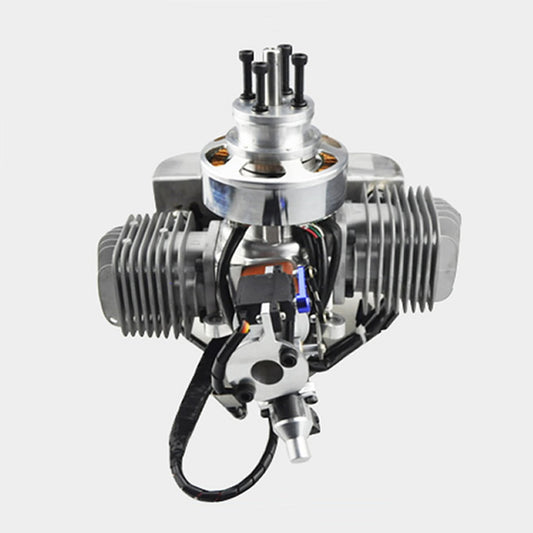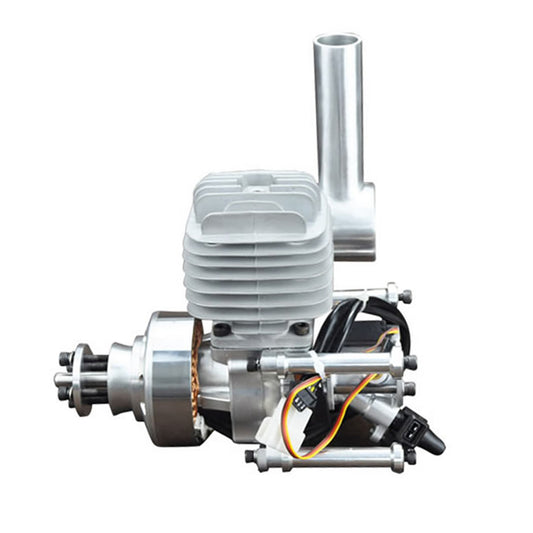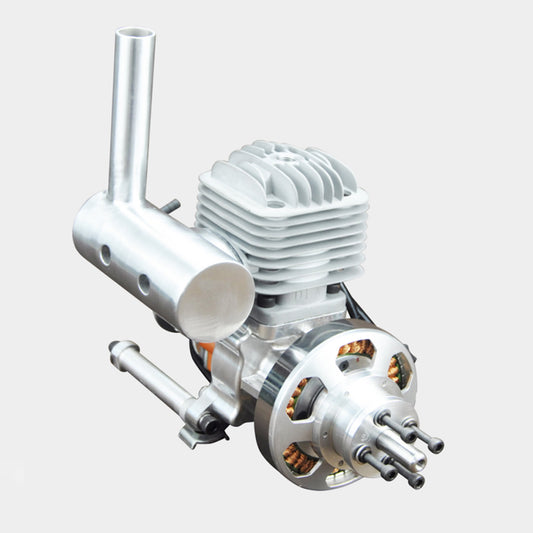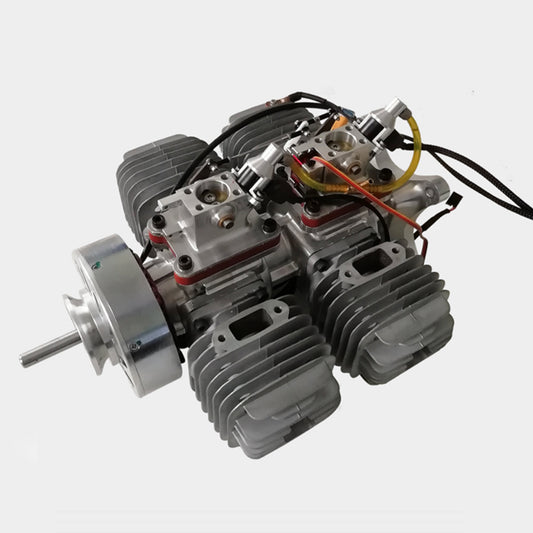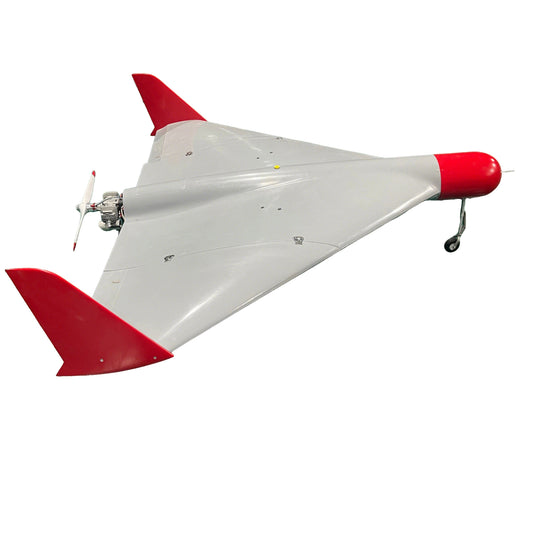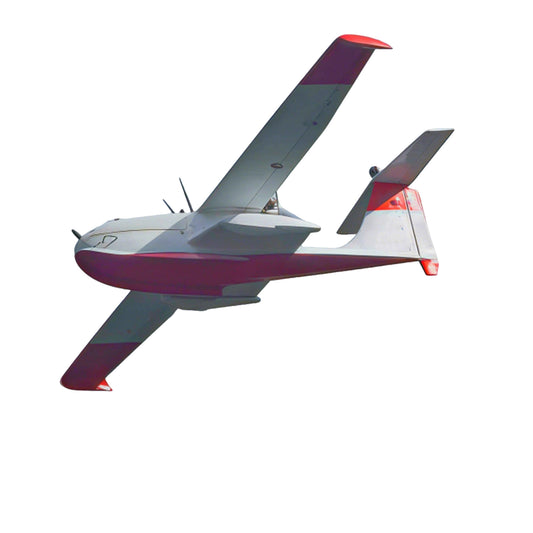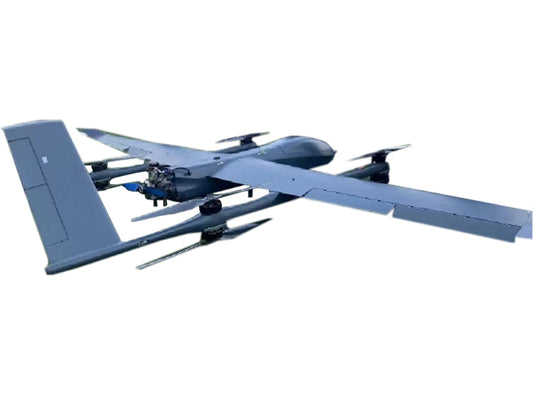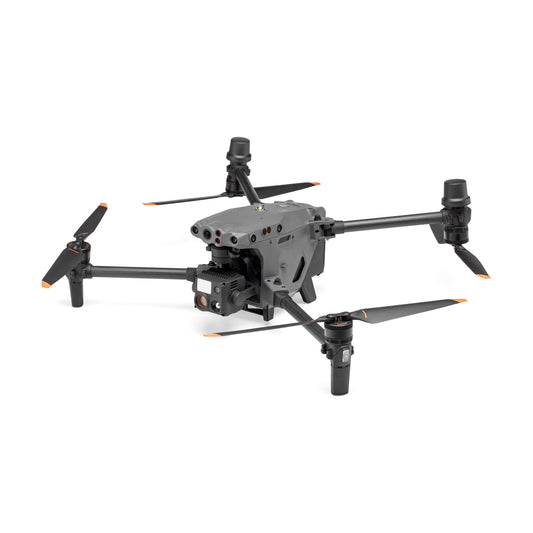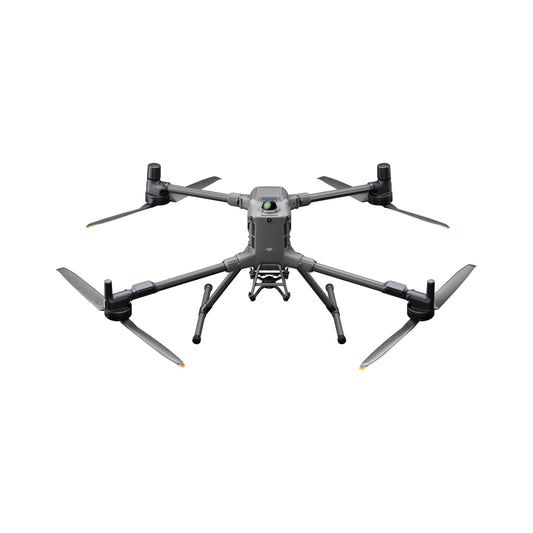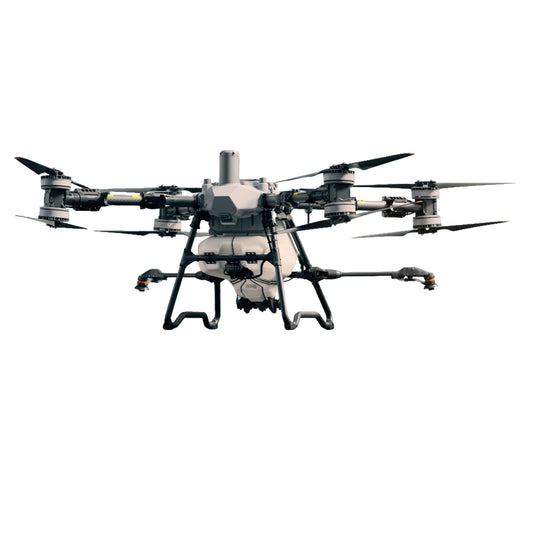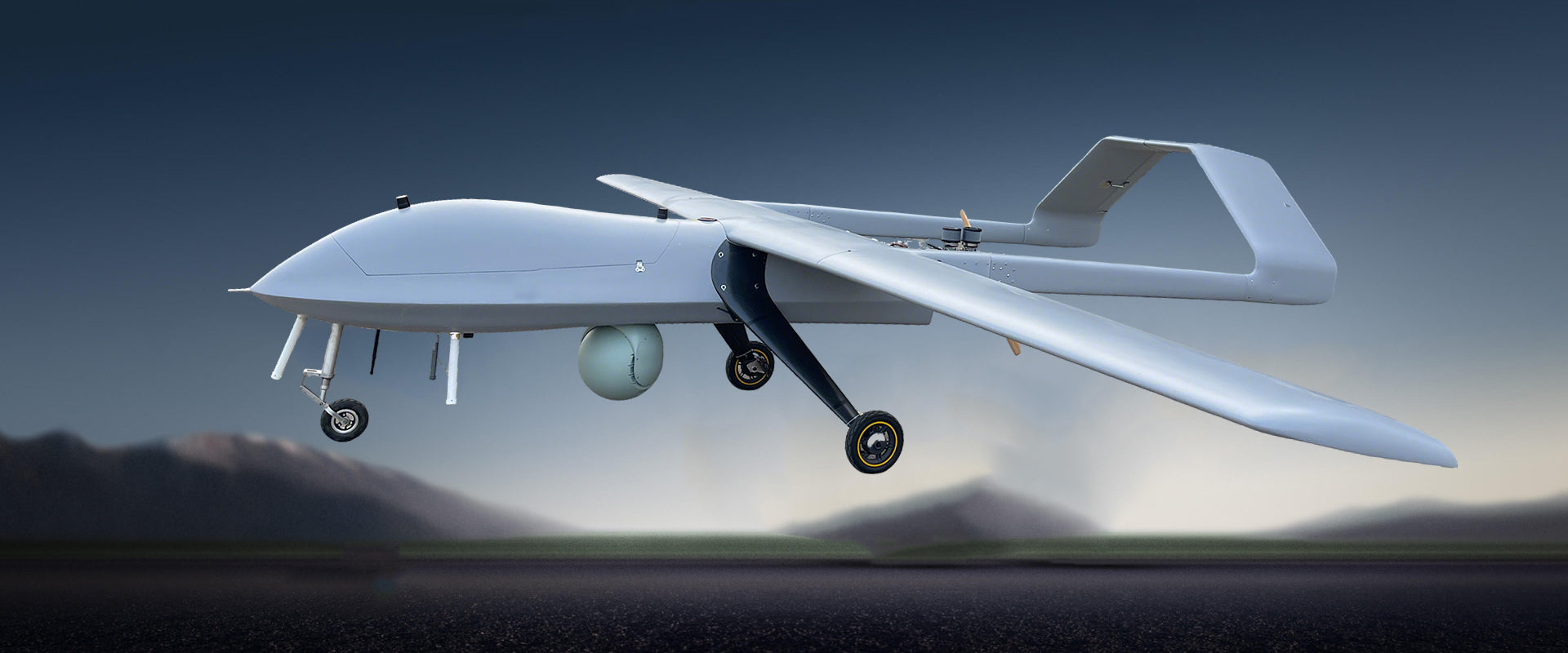

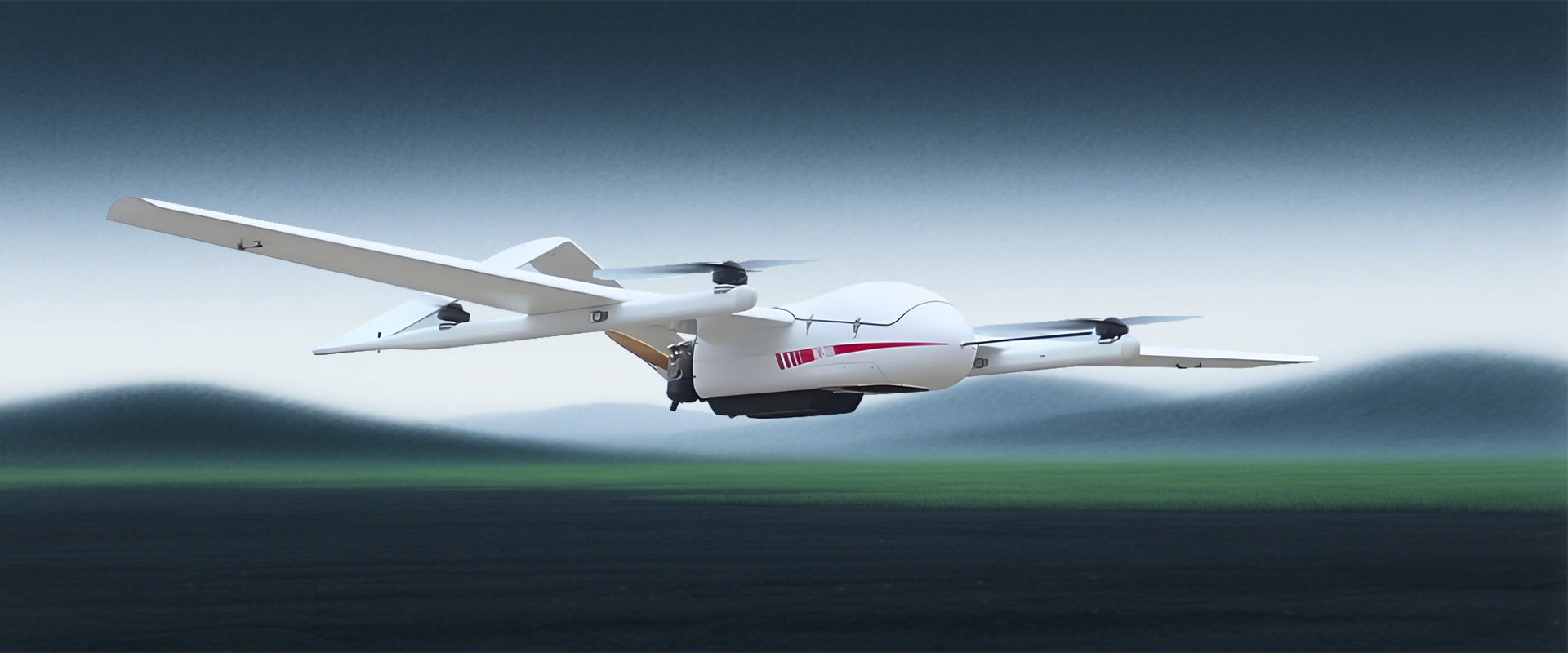
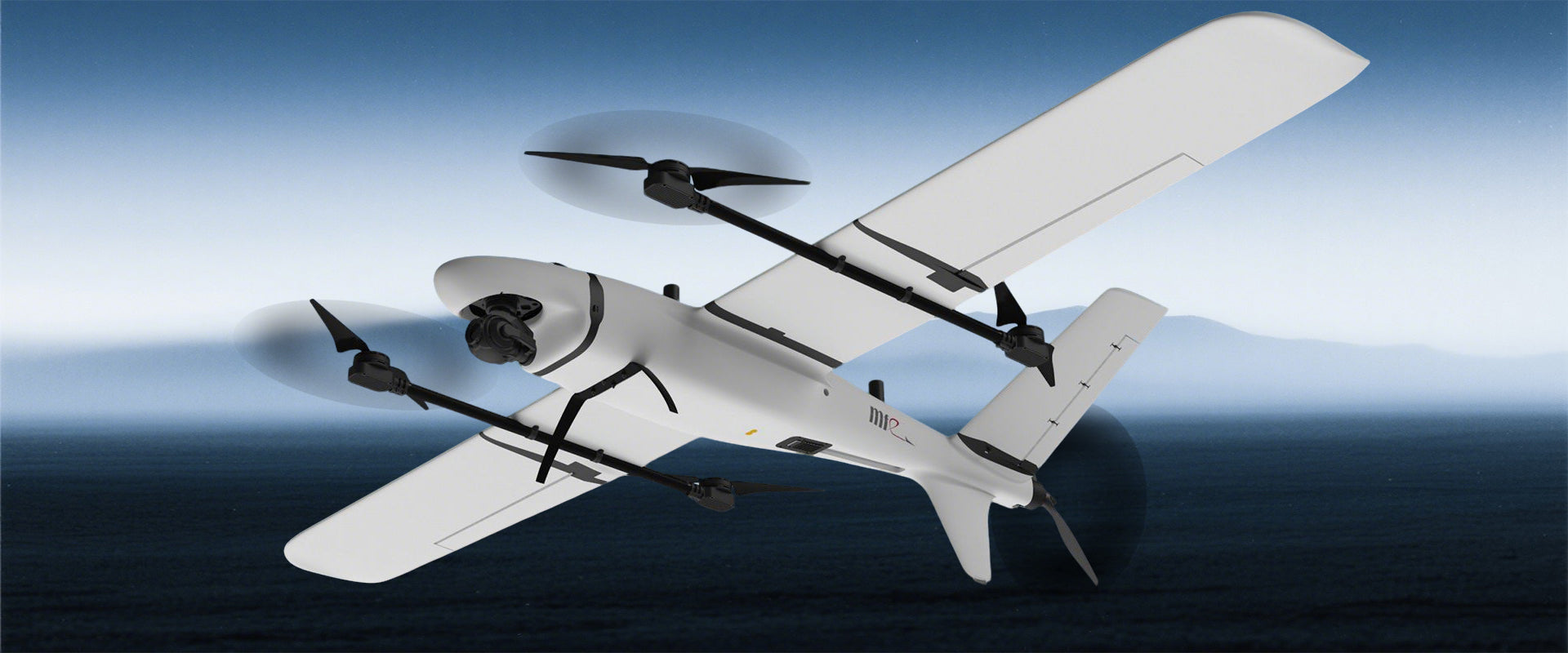

Important Note:
Dear Customer,
Whether you're interested in drones, engines or UAV defense systems, please note that the listed prices are provisional.
Due to the specialized nature of our products, we kindly ask you to contact us before placing an order. This way, we can provide you with the most accurate pricing and detailed service information tailored to your needs.
contact@crosmax.com
Drone Engines
-
CRX116 Gasoline Drone Engine with Double Cylinders
Regular price $1.00 USDRegular priceUnit price / per -
CRX064 Gasoline Drone Engine with Double Cylinders
Regular price $1.00 USDRegular priceUnit price / per -
CRX058 Gasoline Drone Engine with Single Cylinder
Regular price $1.00 USDRegular priceUnit price / per -
CRX032 Gasoline Drone Engine with Single Cylinder
Regular price $1.00 USDRegular priceUnit price / per
Drone Engines
-
CRX468 Gasoline Drone Engines with 4 Cylinders
Regular price $1.00 USDRegular priceUnit price / per -
CRX360 Gasoline Drone Engines with 4 Cylinders
Regular price $1.00 USDRegular priceUnit price / per -
CRX232 Gasoline Drone Engines with 4 Cylinders
Regular price $1.00 USDRegular priceUnit price / per -
CRX128 Gasoline Drone Engines with 4 Cylinders
Regular price $1.00 USDRegular priceUnit price / per
Military Drones
-
CRX200M Advanced Fixed-Wing Drone
Regular price $12,500.00 USDRegular priceUnit price / per$15,500.00 USDSale price $12,500.00 USDSale -
CRXW700 Military Fixed-Wing Reconnaissance and Attack Drone
Regular price $110,000.00 USDRegular priceUnit price / per$150,000.00 USDSale price $110,000.00 USDSale -
CRXTZ35 Over Water Take-off and Landing Drone
Regular price $50,000.00 USDRegular priceUnit price / per$60,000.00 USDSale price $50,000.00 USDSale -
CROSMAX Fixed wing Drone with Vertical Take-off and Landing (50kg Payload)
Regular price $50,000.00 USDRegular priceUnit price / per$55,000.00 USDSale price $50,000.00 USDSale
DJI Drones
-
DJI Matrice M30T Drone Enterprise Edition for Industry
Regular price $7,450.00 USDRegular priceUnit price / per$8,560.00 USDSale price $7,450.00 USDSale -
DJI MAVIC 4 PRO Drone Intelligent Unmanned Aerial Vehicles for Aerial-photography
Regular price $3,200.00 USDRegular priceUnit price / per$3,800.00 USDSale price $3,200.00 USDSale -
DJI MATRICE 400 - Intelligent Drone for Industry
Regular price $10,000.00 USDRegular priceUnit price / per$13,000.00 USDSale price $10,000.00 USDSale -
DJI T70 and T100 Drone for Agriculture and Transportation
Regular price $50,000.00 USDRegular priceUnit price / per$75,000.00 USDSale price $50,000.00 USDSale
Drones Counter System and Device
-
Military-grade Electro-Optical Drone Detector
Regular price $1,000.00 USDRegular priceUnit price / per$10,000.00 USDSale price $1,000.00 USDSale -
Military-grade Laser Drone Counter Device
Regular price $1,000.00 USDRegular priceUnit price / per$10,000.00 USDSale price $1,000.00 USDSale -
Military-grade GNSS Spoofers
Regular price $1,000.00 USDRegular priceUnit price / per$10,000.00 USDSale price $1,000.00 USDSale -
Military-Grade Multiple Function Jammer Drone Counter Device
Regular price $3,000.00 USDRegular priceUnit price / per$10,000.00 USDSale price $3,000.00 USDSale -
Military-grade Drone Detection Spectrum Analyzer
Regular price $1,000.00 USDRegular priceUnit price / per$10,000.00 USDSale price $1,000.00 USDSale -
Military-Grade Fixed Jammer Drone Counter Device
Regular price $3,000.00 USDRegular priceUnit price / per$10,000.00 USDSale price $3,000.00 USDSale -
Military-grade Drone Detection Radar
Regular price $1,000.00 USDRegular priceUnit price / per$10,000.00 USDSale price $1,000.00 USDSale -
Military-Grade Portable Jammer Drone Counter Device
Regular price $1,000.00 USDRegular priceUnit price / per$10,000.00 USDSale price $1,000.00 USDSale
The Unmanned Aerial Vehicle Counter System
UAV Counter System: An Integrated Defense Solution for Modern Threats
A UAV Counter System, commonly known as a Counter-Unmanned Aircraft System (C-UAS), is an integrated platform designed to detect, identify, track, and neutralize unauthorized or hostile drones. These systems address the growing threat posed by the misuse of unmanned aerial vehicles (UAVs) in both military and civilian environments, providing a layered, adaptive defense mechanism to protect airspace and critical assets.
1. Core Components of a C-UAS
A fully functional UAV counter system typically integrates multiple technologies to form a comprehensive defense solution:
Detection Subsystems
Radar Systems: Detect drones based on movement and reflection characteristics, effective for long-range coverage.
RF (Radio Frequency) Scanners: Monitor drone communication signals (e.g., control, video transmission) to identify model and operator location.
Electro-Optical/Infrared (EO/IR) Sensors: Provide visual confirmation and tracking using high-resolution cameras and thermal imaging.
Acoustic Sensors: Recognize unique acoustic signatures of drone rotors in urban or complex environments.
Identification and Tracking Modules
AI-Based Analysis: Classifies drones using machine learning, distinguishing them from birds or other objects.
Database Integration: Compares detected drones against known UAV profiles for rapid threat assessment.
Neutralization Mechanisms
Radio Frequency Jammers: Disrupt control and navigation links between the drone and its operator.
GPS Spoofers: Manipulate the drone’s positioning data to misdirect or force a landing.
High-Power Microwaves and Lasers: Physically disable drones through targeted energy emission.
Kinetic Solutions: Deploy nets, interceptors, or projectiles for direct physical neutralization.
Command and Control (C2) Interface
Centralized software for real-time data fusion, threat prioritization, and coordinated response.
2. Operational Workflow
A C-UAS operates through a structured sequence:
Detection: Sensors scan the environment to identify potential drone threats.
Classification: The system distinguishes drone types and assesses threat levels.
Tracking: Monitors the drone’s flight path and predicts its intent.
Mitigation: Applies appropriate countermeasures based on rules of engagement.
Post-Engagement Analysis: Logs data for reporting and system optimization.
3. Deployment Applications
UAV counter systems are deployed across diverse sectors:
Military and Defense: Safeguarding bases, troops, and operations from surveillance or attacks.
Critical Infrastructure: Securing airports, power plants, and government facilities.
Public Security: Ensuring safety at large-scale events, borders, and urban centers.
Commercial and Private Use: Protecting corporate facilities and private properties.
4. Key Advantages
Layered Defense: Combines complementary technologies for robust protection.
Adaptability: Configurable for various threat levels and environments.
Automation: Reduces operator workload through AI-driven decision support.
Scalability: Modular design allows expansion from portable to fixed-site solutions.
In summary, a UAV Counter System represents a vital, multi-technology approach to mitigating risks from unauthorized drones. By integrating detection, identification, and neutralization capabilities, these systems provide essential security for modern airspace domains, adapting dynamically to an ever-changing threat landscape.
More Details: contact@crosmax.com
https://www.crosmax.com

